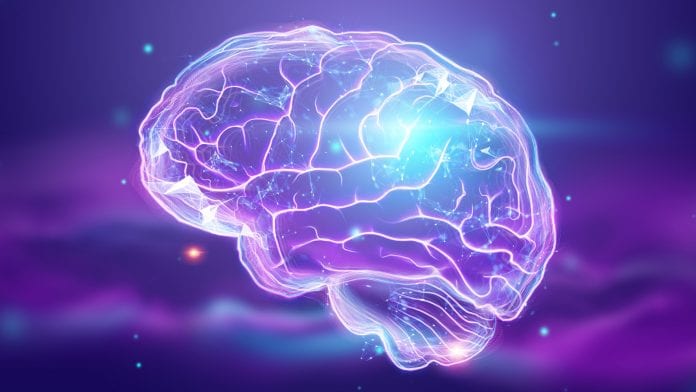
A new study finds that people with FND who experienced childhood abuse show differences in connections between certain regions of the brain
In a new study published in Molecular Psychiatry, researchers led by investigators at Massachusetts General Hospital examined the brains of individuals who experienced early-life trauma, some with functional neurological disorders (FND) and others without the condition.
The findings may provide a better understanding of what happens in the brains of some patients with FND, as well as those with various other trauma-related brain disorders.
Senior author David Perez, MD, MMSc, director of the MGH FND Clinical and Research Programs said: “Our study has potential implications regarding our understanding of brain-trauma relationships not only in patients with FND but also across the greater spectrum of trauma-related brain disorders,”
Understanding FND
In individuals with a functional neurological disorder (FND), the brain generally appears structurally normal on clinical MRI scans but functions incorrectly (akin to a computer software crashing), resulting in patients experiencing symptoms including limb weakness, tremor, gait abnormalities and non-epileptic seizures.
However, in some cases, childhood maltreatment may have been a contributing factor, yet links between risk factors such as childhood abuse and brain mechanisms for the development of FND remain poorly understood.
Differences in certain regions of the brain
The researchers examined 30 adults with FND and 21 individuals whose clinical depression diagnoses served as controls, some of the participants in both groups had experienced early-life maltreatment, as determined through questionnaires.
The results of the study showed that in FND patients only, differences in the severity of childhood physical abuse correlated with differences in connections between certain regions of the brain. For example, between the limbic regions which control emotions, arousal and survival instincts among other functions, and the primary motor cortex which is involved in voluntary movements.
Ibai Diez PhD, lead author, a senior research fellow in Neurology and Radiology at MGH explained: “Motor and limbic circuits were more strongly interconnected in individuals with FND reporting a greater severity of childhood physical abuse.”
These findings may lead to potentially important insights on the plastic brain mechanisms involved in promoting increased crosstalk between motor control circuits and emotion processing circuits.
Biological factors likely influence the development of FND
In additional assessments, investigators examined how the expression of genes in a publicly available data set from the Allen Institute related to brain areas showing prominent plastic effects correlated to the degree of early-life physical abuse in patients with FND.
As background, some genes in the literature have been shown to increase the risk for developing brain disorders after experiencing early-life maltreatment. The researchers found that brain areas showing prominent functional reorganisation in patients with FND were the same brain areas highly expressing genes involved in neuroplasticity and nervous system development.
Perez stressed that although childhood maltreatment may be a risk factor for the development of FND in some individuals, there are many social, environmental, and biological factors that likely influence the development of FND later in life.
Perez said: “More work is needed to understand how the brain mechanisms underlying FND in those without prominent childhood maltreatment may be the same or different as those individuals with FND with a high burden of childhood adversity.”









